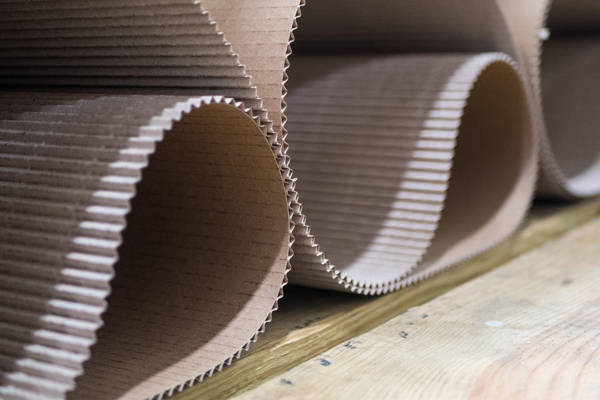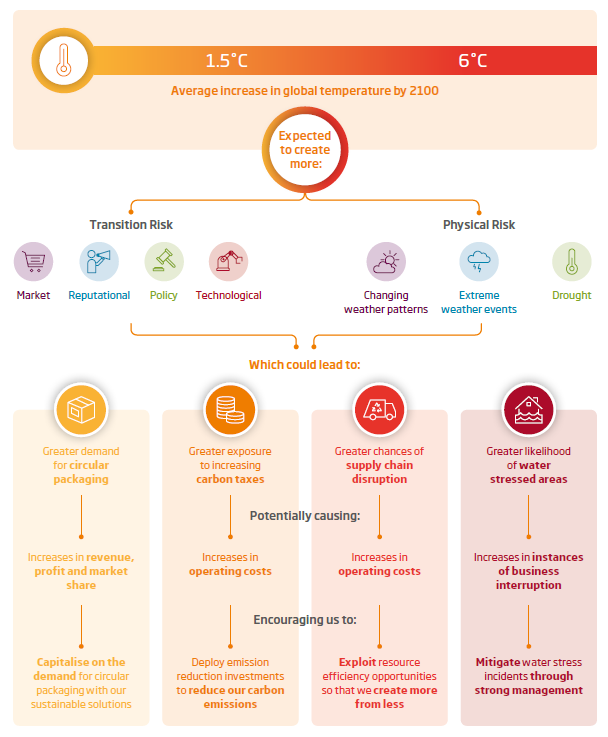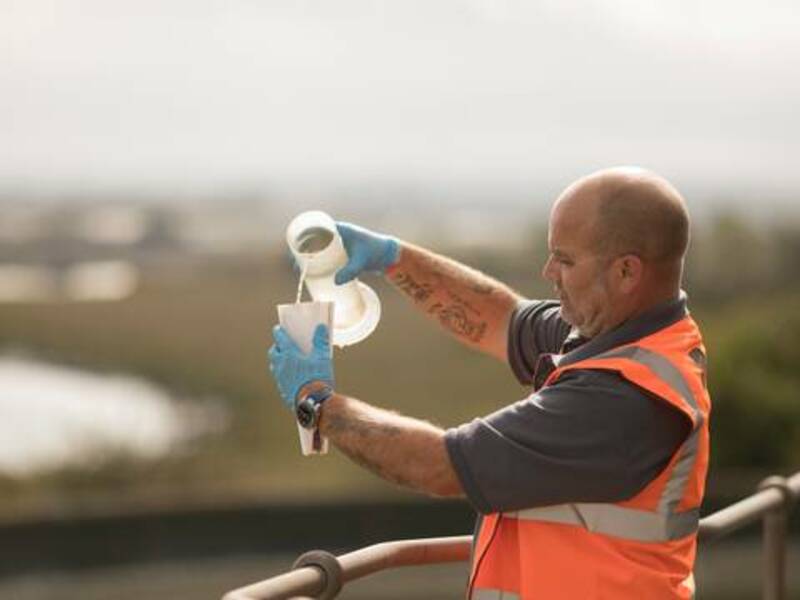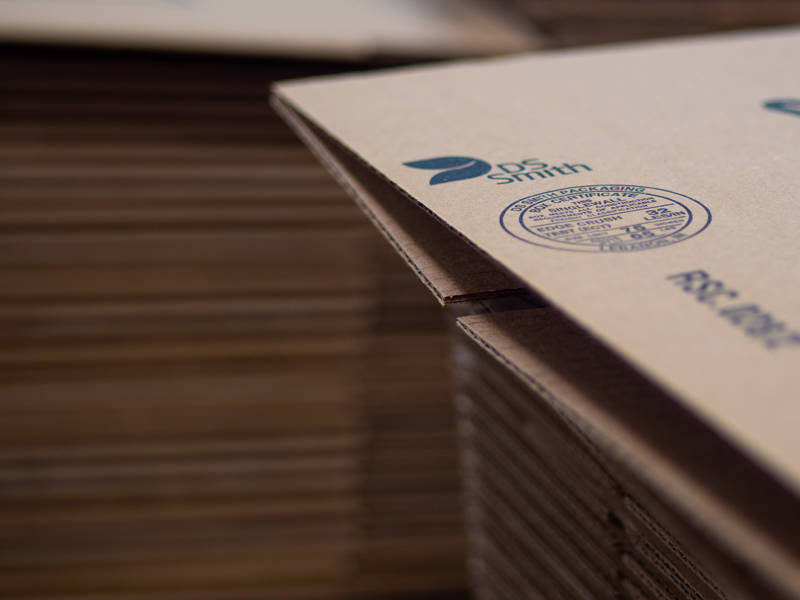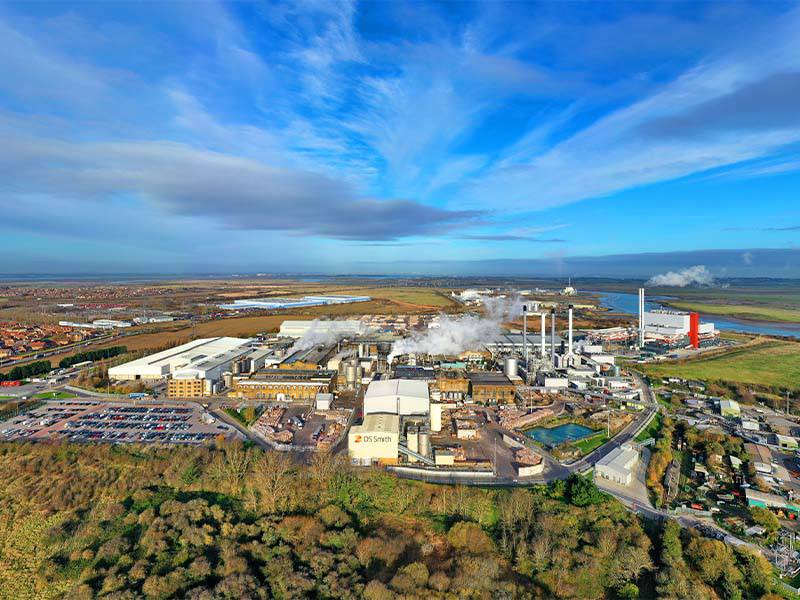Task Force on Climate-Related Financial Disclosures (TCFD)
We have been on a multi-year journey to implement the recommendations set out by the Task Force on Climate-related Financial Disclosures, improving how we communicate climate-related financial information.
Our TCFD disclosures can also be found on pages 60-77 of DS Smith Annual Report 2024.
Our CDP Climate Change response contains substantial information and analysis of our response to climate change, including risks and opportunities, and their potential financial impacts. For industry-specific metrics, see our SASB (Containers & Packaging) table and the DS Smith ESG Databook 2024.
Adapting to climate change
Against a backdrop of inflationary pressure, rising interest rates and volatility, the recent energy crisis has demonstrated that our dependency on the global energy system has significant implications for how climate risk should be managed and how the transition to Net Zero should be planned.
In the context of rapidly changing global energy markets, we remain steadfast in our belief that the circular economy is part of the solution to climate change, whilst recognising the imperative to transition to an affordable and clean energy system.
Our circular business model keeps materials recirculating through recycling services which support the manufacture of recyclable packaging. Whilst this alleviates pressure on natural systems, such as forests, and prevents waste from entering landfills and oceans, it is energy intensive, generating greenhouse gas (GHG) emissions that contribute to climate change.
In support of a 1.5°C ‘Net Zero’ economy, we are committed to considering the Paris Agreement in our activities, including in our external engagement, as underpinned by the IPCC Sixth Assessment Report (AR6) and the IPCC Special Report on Global Warming of 1.5°C (SR1.5).
We have set a 1.5°C science-based target, to reduce Scopes 1, 2 and 3 GHG emissions 46 per cent by 2030 compared to 2019 and we are committed to reaching Net Zero by 2050. This target has been validated by the Science-Based Targets initiative (SBTi).
We first included the TCFD recommendations in our 2018 Annual Report. Since then, we have developed our reporting, reaching complete disclosure of all recommendations a year ahead of mandatory disclosure last year.
